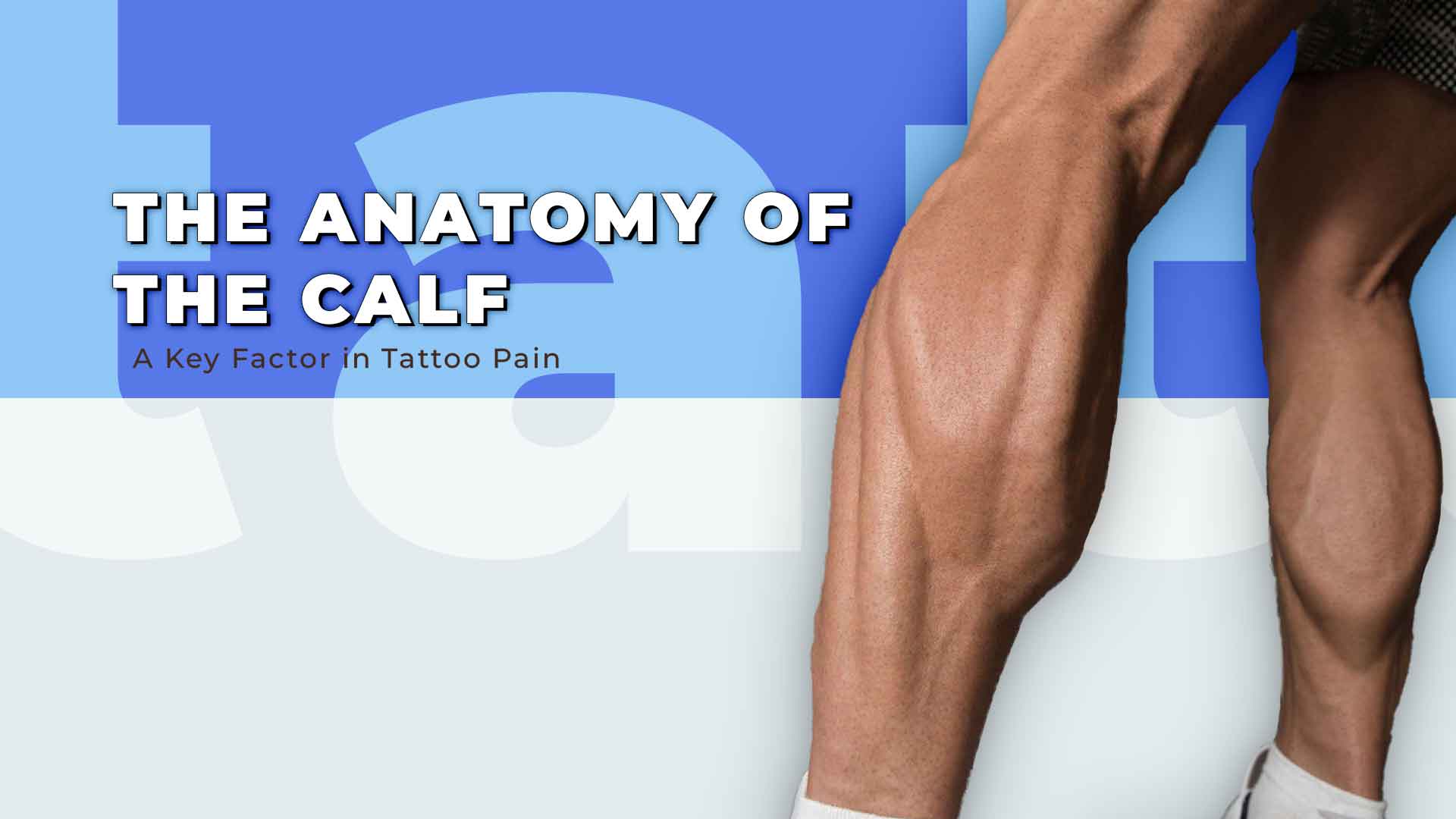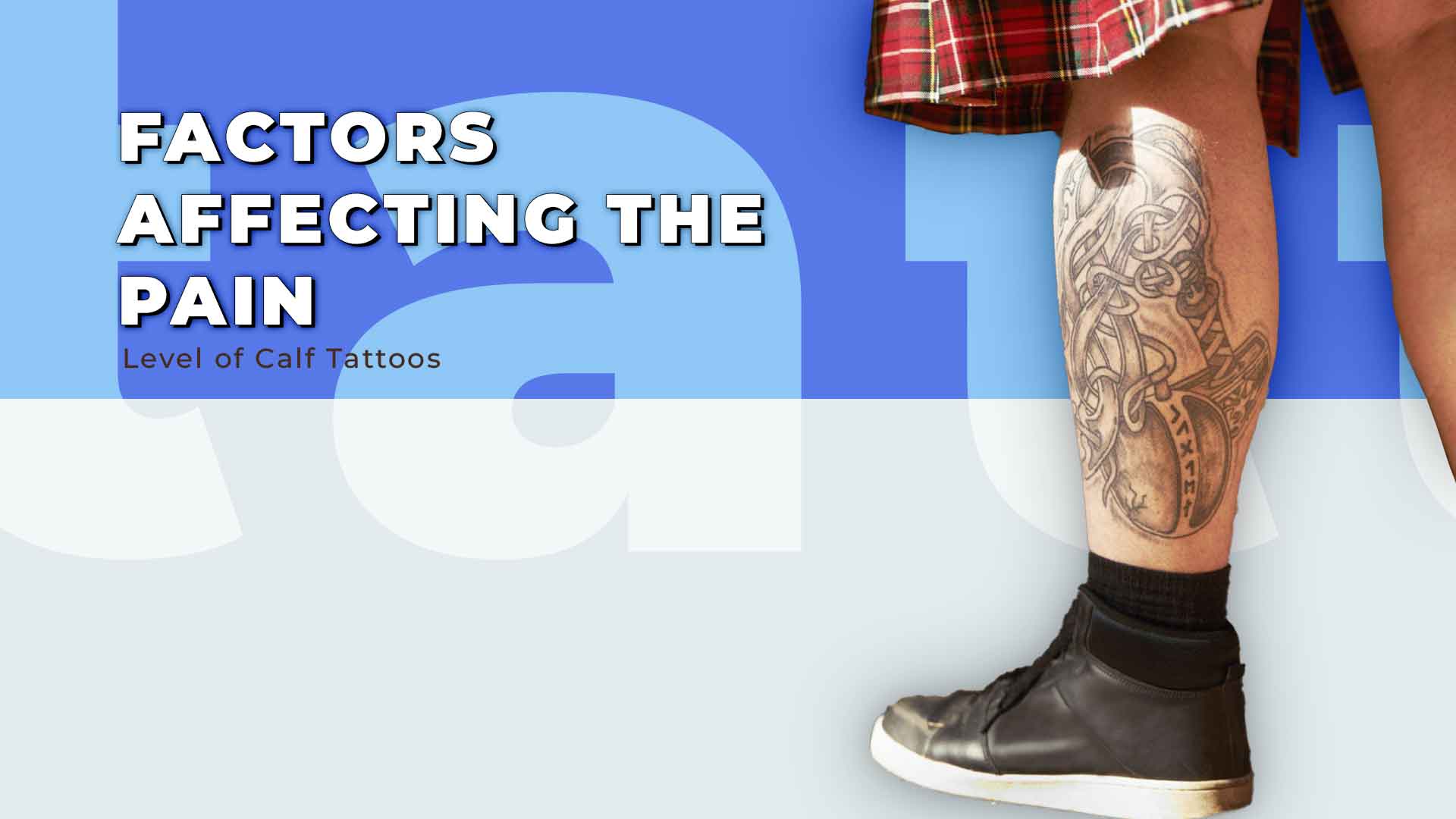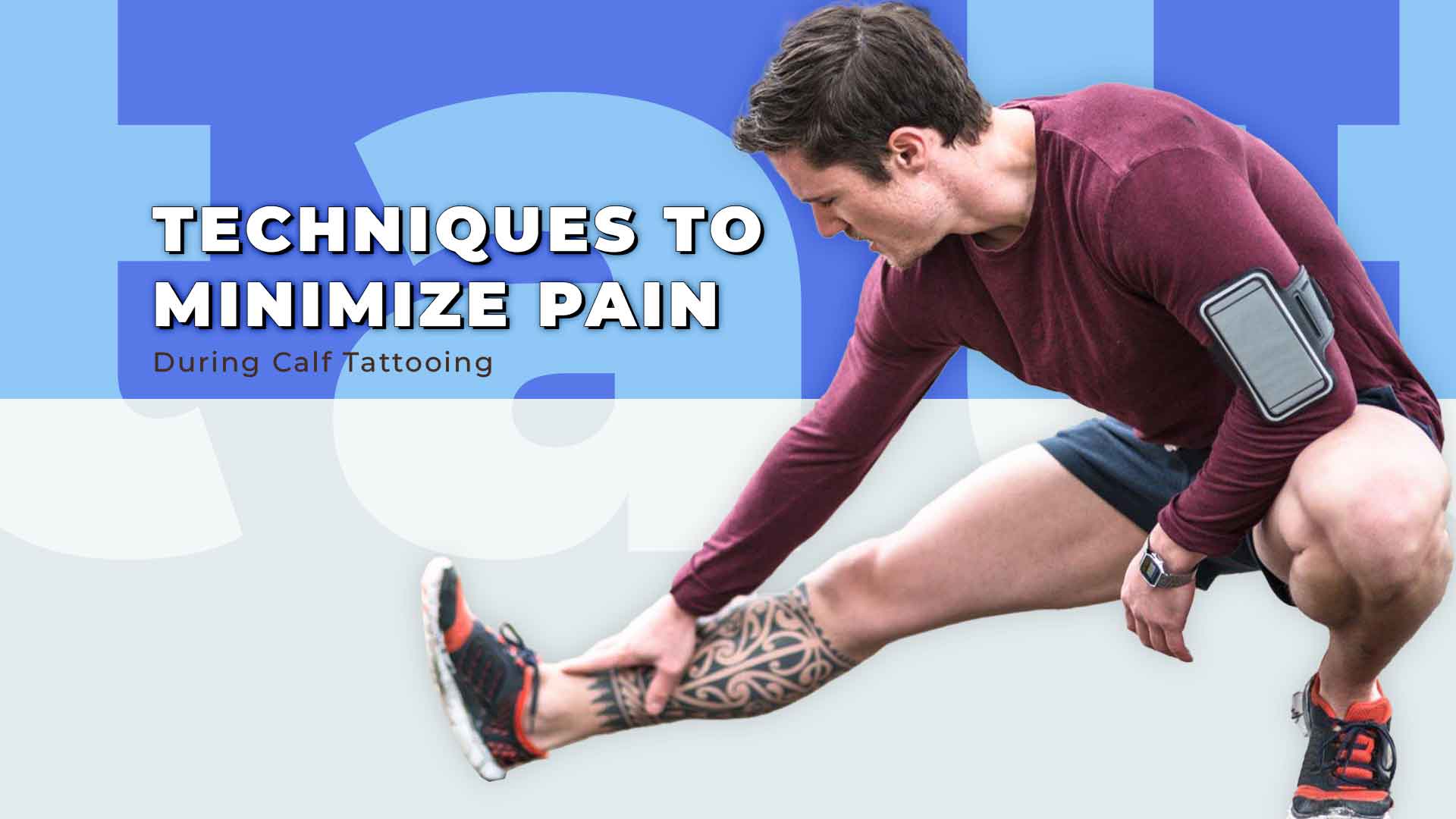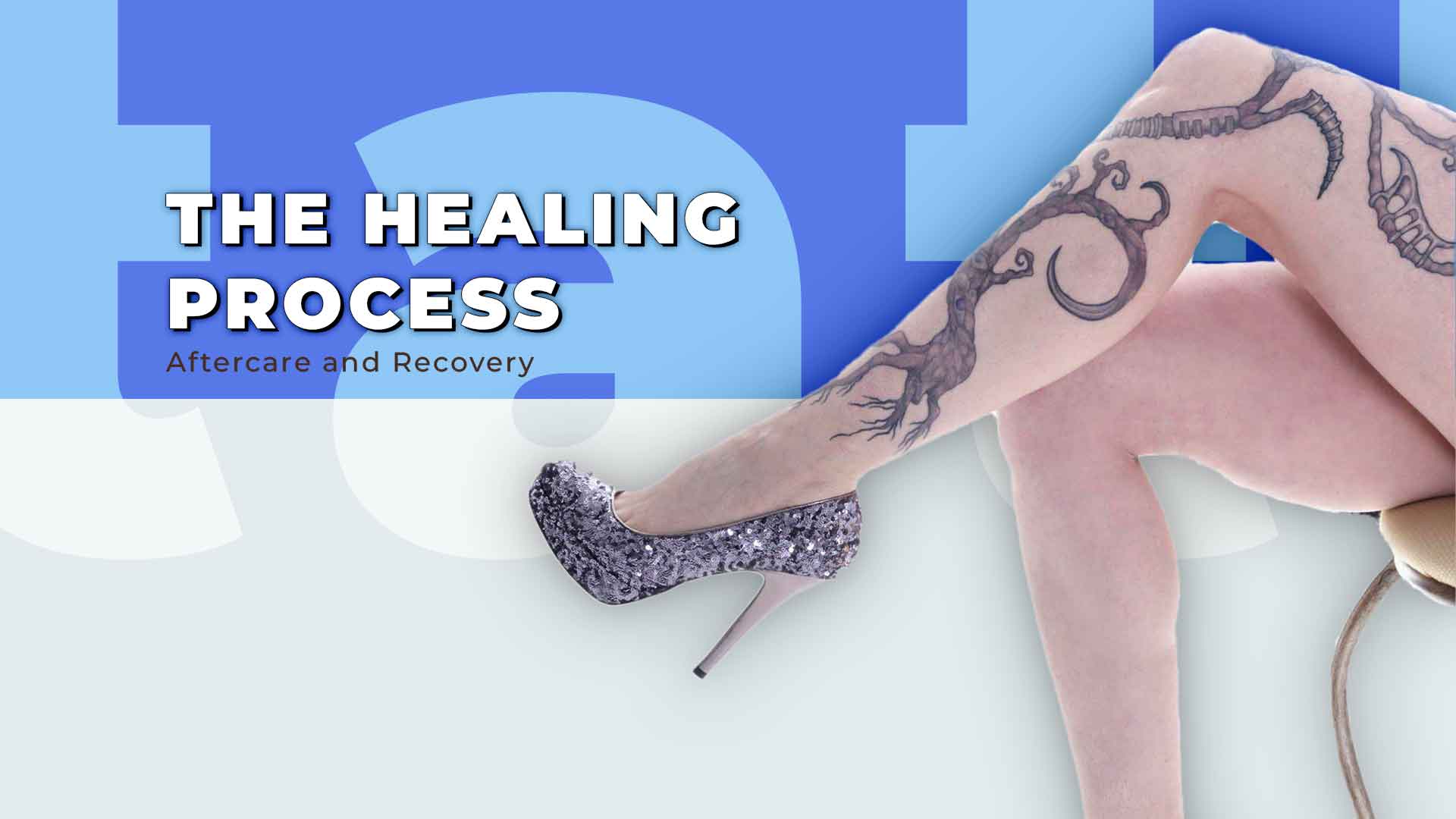Are you considering getting a calf tattoo but worried about the pain? It’s no secret that getting a tattoo can be uncomfortable, but the pain level can vary depending on various factors. In this comprehensive guide, we will delve into the world of calf tattoos and explore why they may or may not hurt. From understanding the anatomy of the calf to exploring techniques to minimize pain during the tattooing process, we’ve got you covered. So, let’s dive in and uncover the truth about calf tattoos and pain.
Table of Contents
ToggleThe Anatomy of the Calf: A Key Factor in Tattoo Pain

One of the primary reasons calf tattoos are generally considered less painful is the anatomy of the calf itself. The calf muscle provides a cushioning effect, acting as a shock absorber during tattooing. This cushioning effect can help reduce the intensity of the pain compared to other areas of the body with less muscle. Tattoo professionals often consider the calf an average spot in terms of pain, making it a popular choice for many tattoo enthusiasts.
However, the location of the tattoo on the calf can also impact the pain level. As you move closer to the ankle, the skin becomes thinner and more sensitive, potentially increasing discomfort during tattooing. Tattoo artists recommend discussing the placement of your tattoo with them to ensure a comfortable experience.
Factors Affecting the Pain Level of Calf Tattoos

While the anatomy of the calf plays a significant role in the level of pain experienced during a tattoo, there are other factors to consider as well. Understanding these factors can help you better prepare for your calf tattoo and manage any discomfort that may arise.
• Pain Threshold
Every individual has a different pain threshold, making it challenging to definitively answer how much a calf tattoo will hurt. Some people may have a higher tolerance for pain, while others may be more sensitive. Moreover, the pain is subjective, and what may be tolerable for one person may be unbearable for another. Therefore, it’s crucial to assess your own pain threshold and communicate openly with your tattoo artist about your comfort level.
• Tattooing Technique
The technique used by the tattoo artist can also influence the pain experienced during a calf tattoo. Experienced tattoo artists are skilled in using techniques that minimize discomfort. They may adjust the needle depth, speed, or pressure to ensure a more comfortable experience. When choosing a tattoo artist, it’s essential to research their expertise and inquire about their approach to pain management.
• Tattoo Size and Complexity
The size and complexity of the tattoo design can impact the pain level during the tattooing process. Larger and more intricate tattoos may require longer sessions, increasing the duration of discomfort. Additionally, areas with refined details or shading may cause more discomfort as the needle repeatedly penetrates the skin. It’s important to consider the size and complexity of your desired tattoo and discuss it with your tattoo artist to manage your expectations.
• Personal Factors
Various personal factors can influence the pain experienced during a calf tattoo. These factors include overall health, hydration levels, and stress levels. Taking care of your body and mind before your tattoo appointment can provide a more comfortable experience. Staying hydrated, getting enough rest, and practicing relaxation techniques can help reduce sensitivity to pain.
Techniques to Minimize Pain During Calf Tattooing

While it’s impossible to completely eliminate pain during a calf tattoo, several techniques can help minimize discomfort. Following these tips can enhance your overall experience and make the process more bearable.
• Choose the Right Tattoo Artist
Selecting an experienced and reputable tattoo artist is crucial in managing pain during tattooing. Research different artists read reviews, and view their portfolios to ensure they have the necessary skills to provide a comfortable experience. A skilled tattoo artist will have techniques and strategies to minimize pain and make the process as pleasant as possible.
• Communicate with Your Tattoo Artist
Open communication with your tattoo artist is essential. Discuss your concerns, pain tolerance, and any techniques you may have heard of to manage pain. Your tattoo artist can provide guidance and tailor their approach to accommodate your needs. They may suggest breaks during the session or offer numbing creams to help alleviate discomfort.
• Practice Deep Breathing and Relaxation Techniques
Deep breathing and relaxation techniques can help distract your mind from the pain and promote a sense of calm during the tattooing process. Take slow, deep breaths and focus on breathing to create a sense of relaxation. Some individuals find meditation or visualization exercises helpful in managing pain. Experiment with different techniques to find what works best for you.
• Take Breaks if Needed
If the pain becomes too intense during tattooing, don’t hesitate to ask for short breaks. Stepping away for a few moments can provide temporary relief and allow you to gather before continuing. Remember, it’s essential to communicate with your tattoo artist and let them know if you need a break.
• Numbing Creams
Numbing creams can help reduce pain and discomfort during the tattooing process. These creams are applied to the skin before the tattoo session and temporarily numb the area. However, it’s important to consult with your tattoo artist before using numbing creams, as they may affect the tattooing process or the final result.
• Distraction Techniques
Distracting your mind can be an effective way to manage pain during a calf tattoo. Engage in conversation with your tattoo artist, listen to music, or watch a show on your mobile device. Some tattoo studios even provide entertainment options to help divert your attention from the discomfort.
The Healing Process: Aftercare and Recovery

While the pain of getting a calf tattoo is primarily experienced during the tattooing process, the healing process also requires attention. Proper aftercare can contribute to a smoother and more comfortable recovery. Here are some tips to ensure a healthy healing process:
- Follow the aftercare instructions provided by your tattoo artist. This typically includes washing the tattoo gently, applying an appropriate ointment or moisturizer, and avoiding excessive sun exposure.
- Wear loose-fitting clothing that won’t rub against the tattooed area. Tight clothing can cause friction and discomfort during the healing process.
- Keep the tattooed area clean and avoid submerging it in water, such as swimming pools or hot tubs, until it is fully healed.
- Avoid scratching or picking at scabs that may form during the healing process. This can lead to infections and interfere with the healing of the tattoo.
- Maintain a healthy lifestyle by eating nutritious meals, staying hydrated, and getting plenty of rest. A well-nourished body can aid in the healing process and reduce discomfort.
The Final Thought
Ultimately, getting a calf tattoo should not solely be based on the fear of pain. While calf tattoos are generally less painful, each person’s experience may vary. Understanding the factors contributing to the pain level and employing techniques to minimize discomfort can help you make an informed decision.
Ready to express yourself? Get a captivating calf tattoo now! Book your appointment and ink your story today!
Remember, tattoos are a form of self-expression and personal art. The pain experienced during the process is temporary, but the significance and meaning behind your tattoo can last a lifetime. Embrace the experience, communicate with your tattoo artist, and care for yourself during healing. With careful consideration and proper aftercare, your calf tattoo can be a beautiful addition to your body art collection. So, go ahead and explore the world of calf tattoos without fear.

